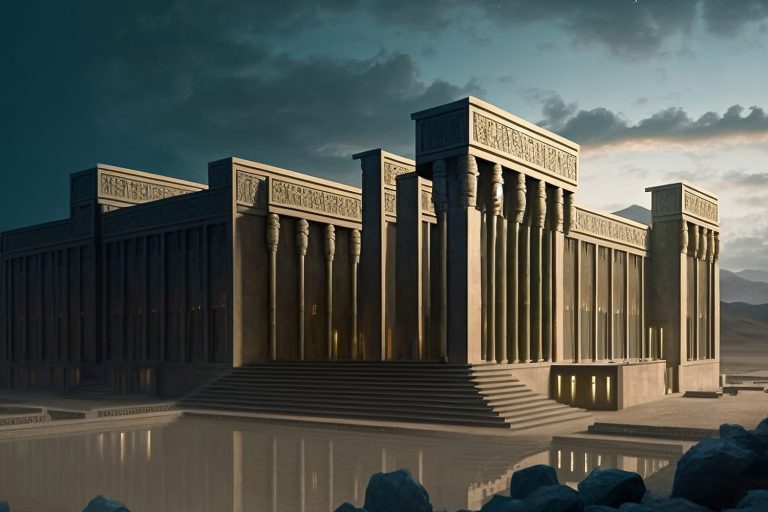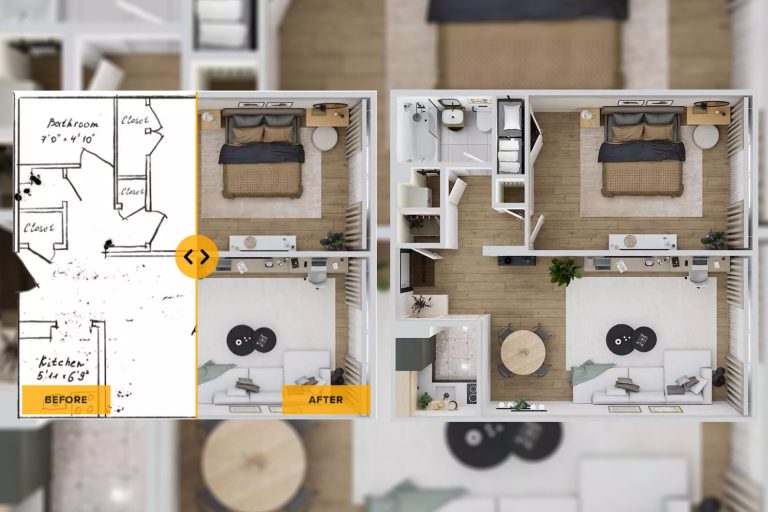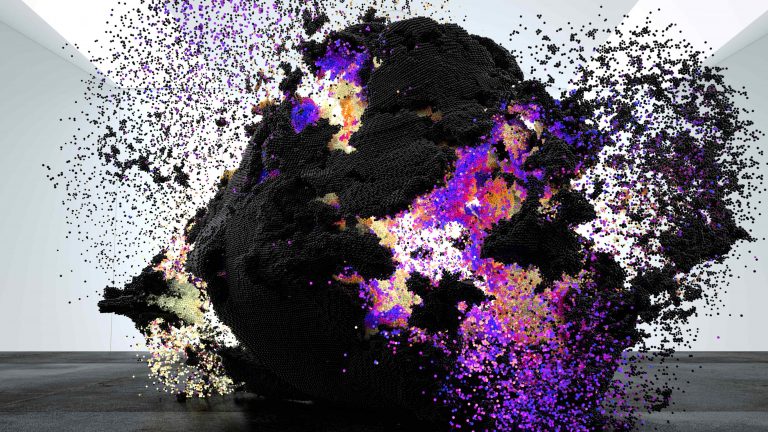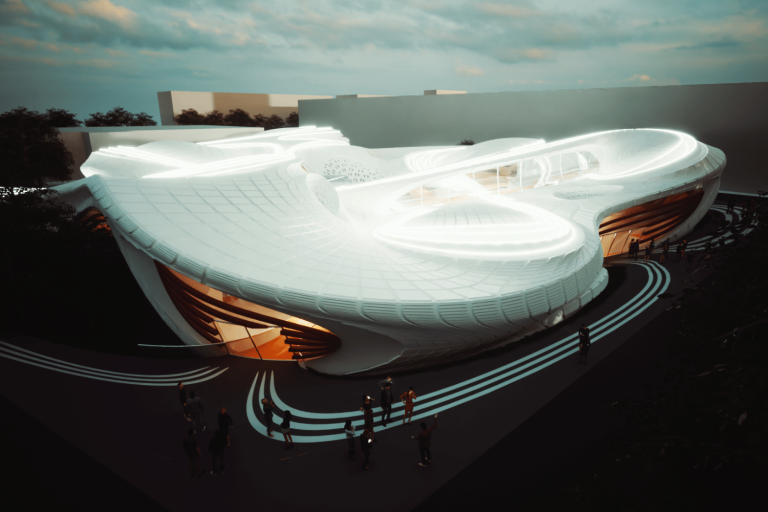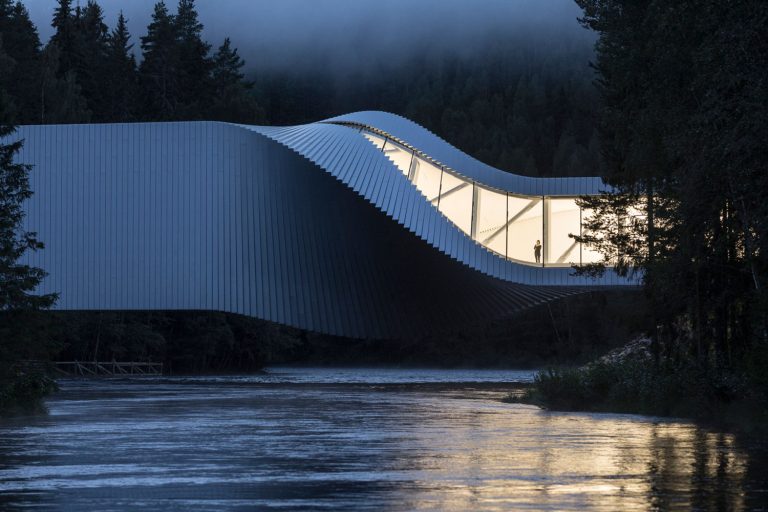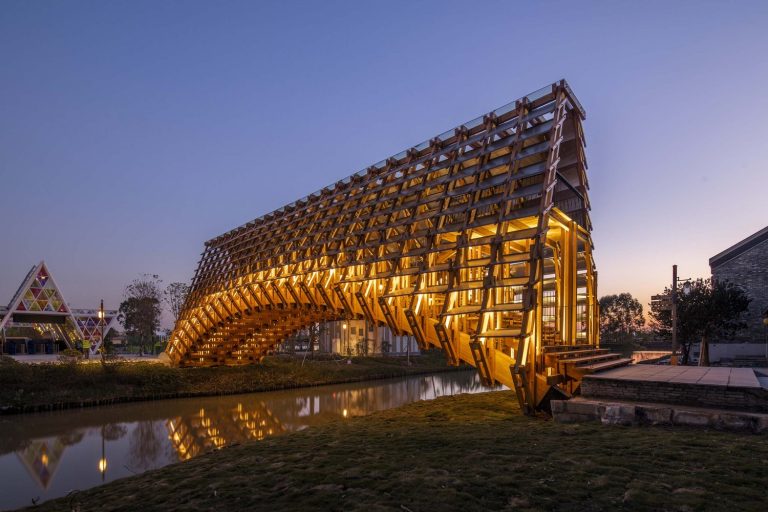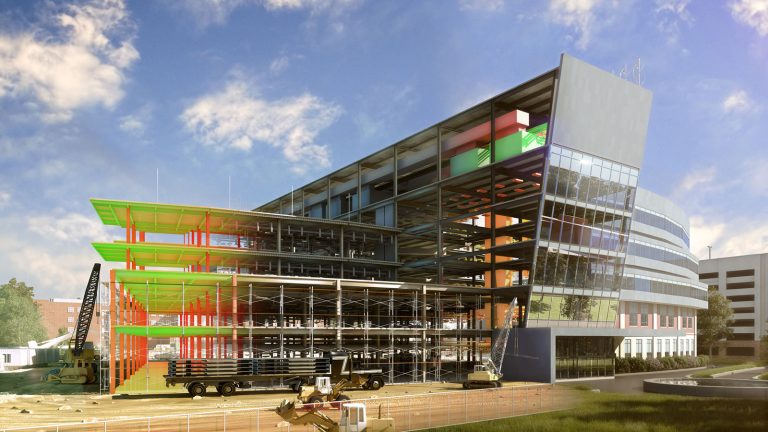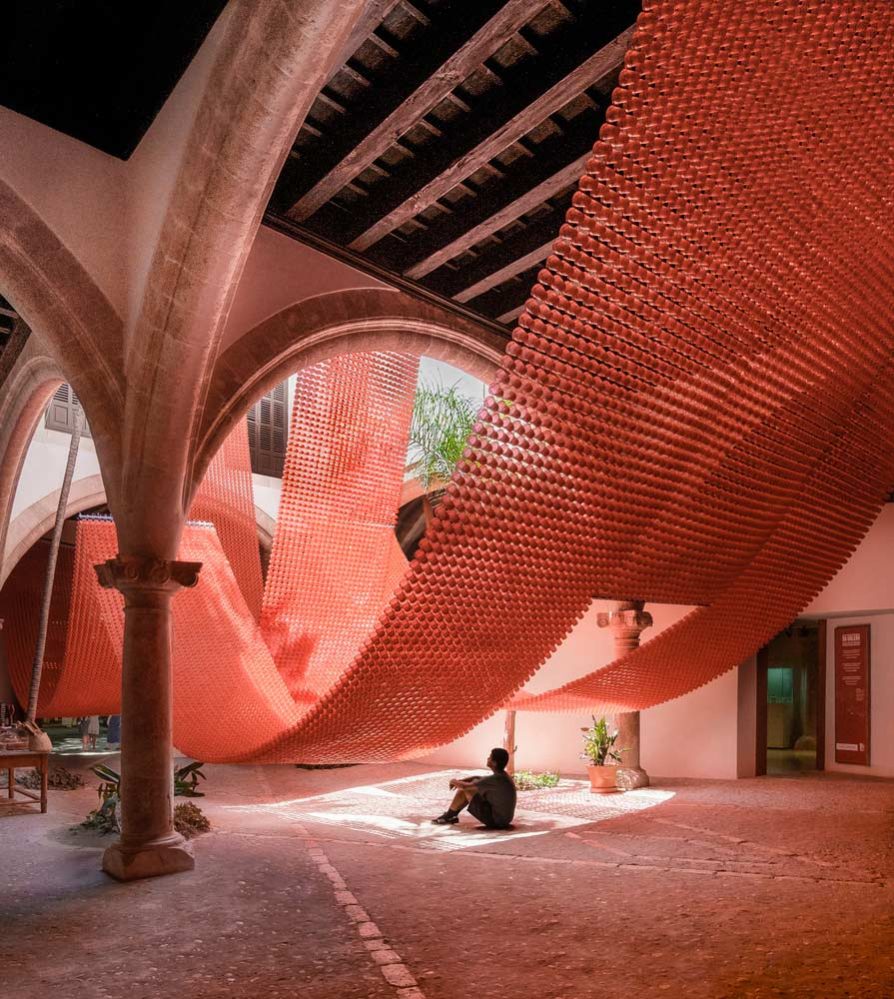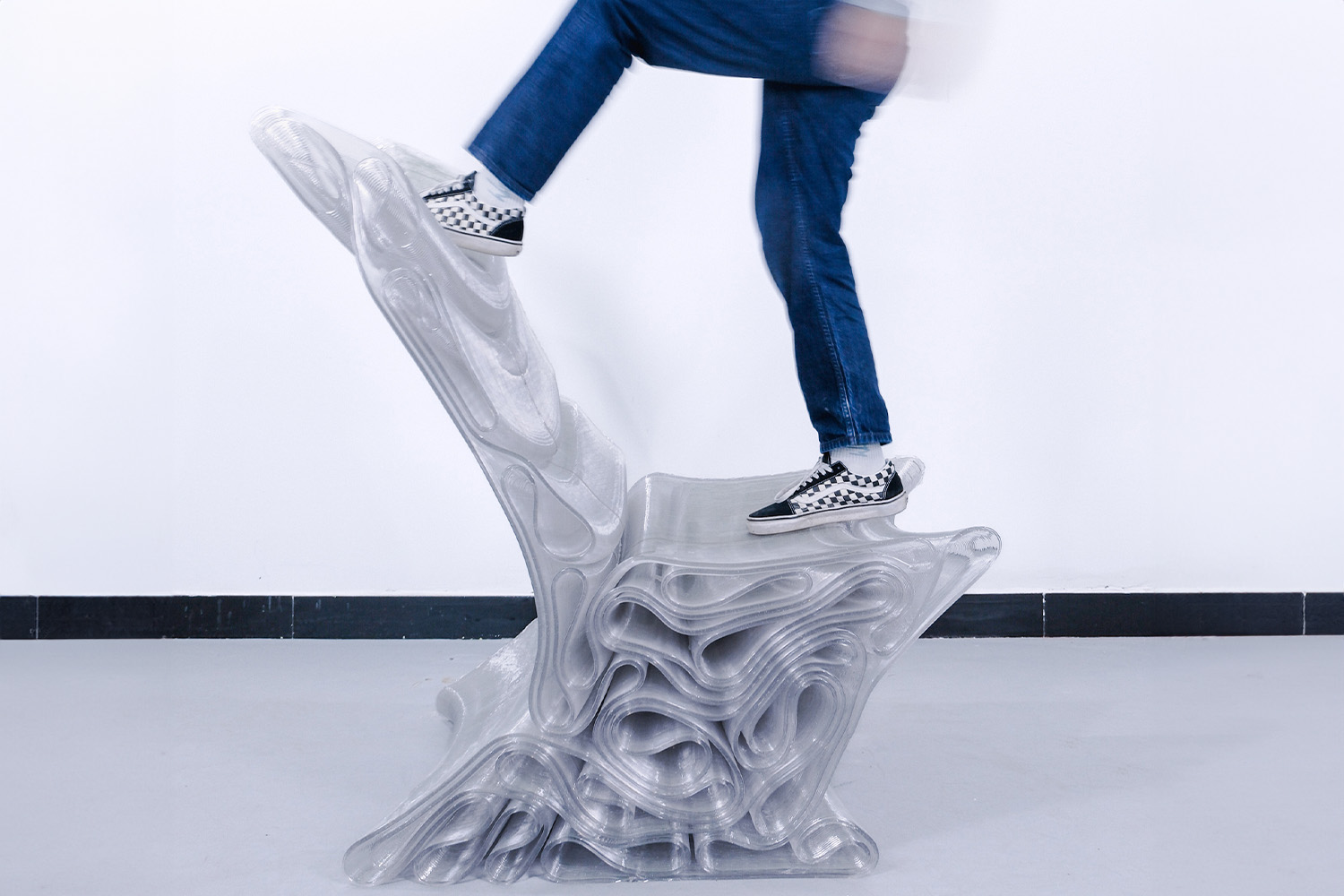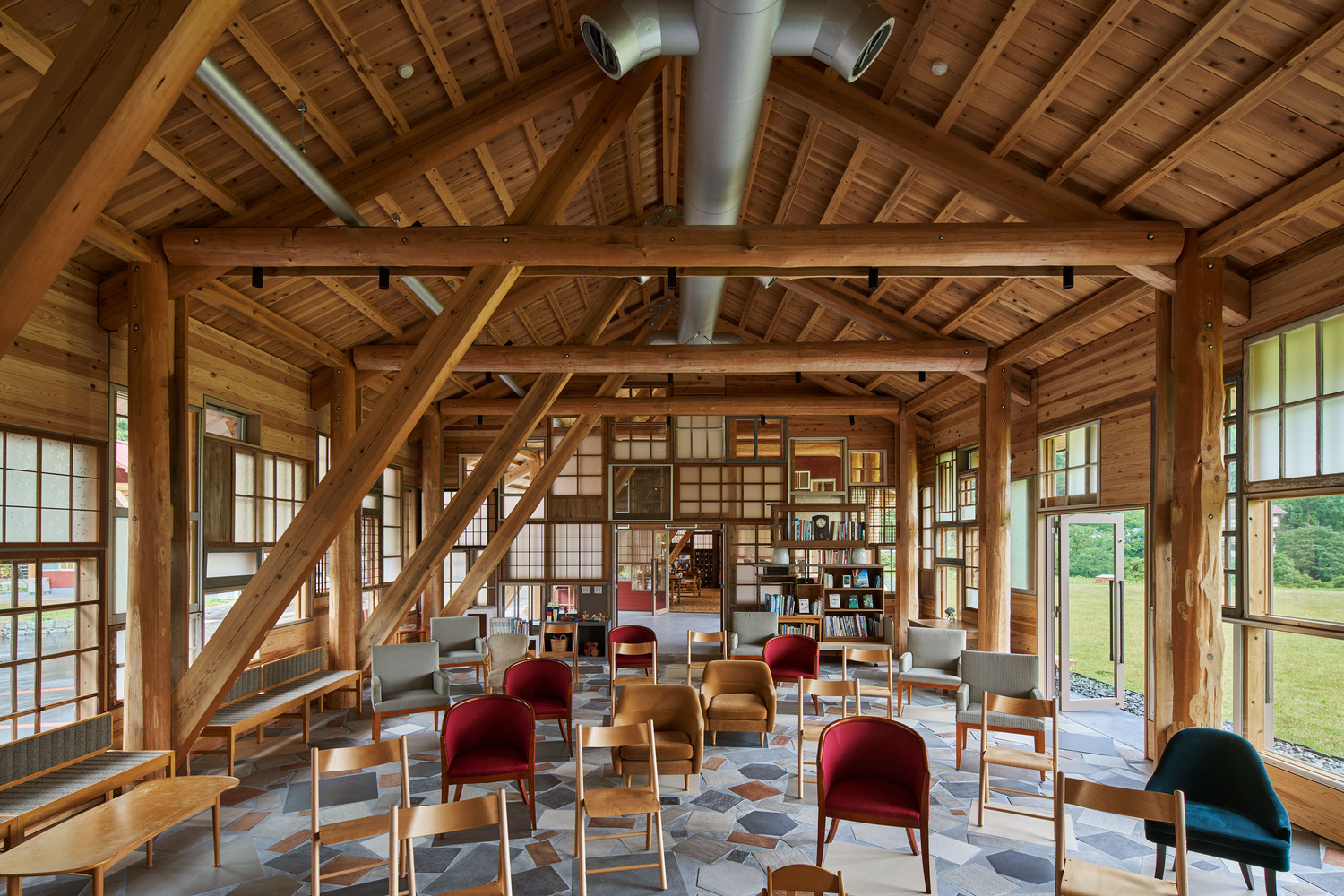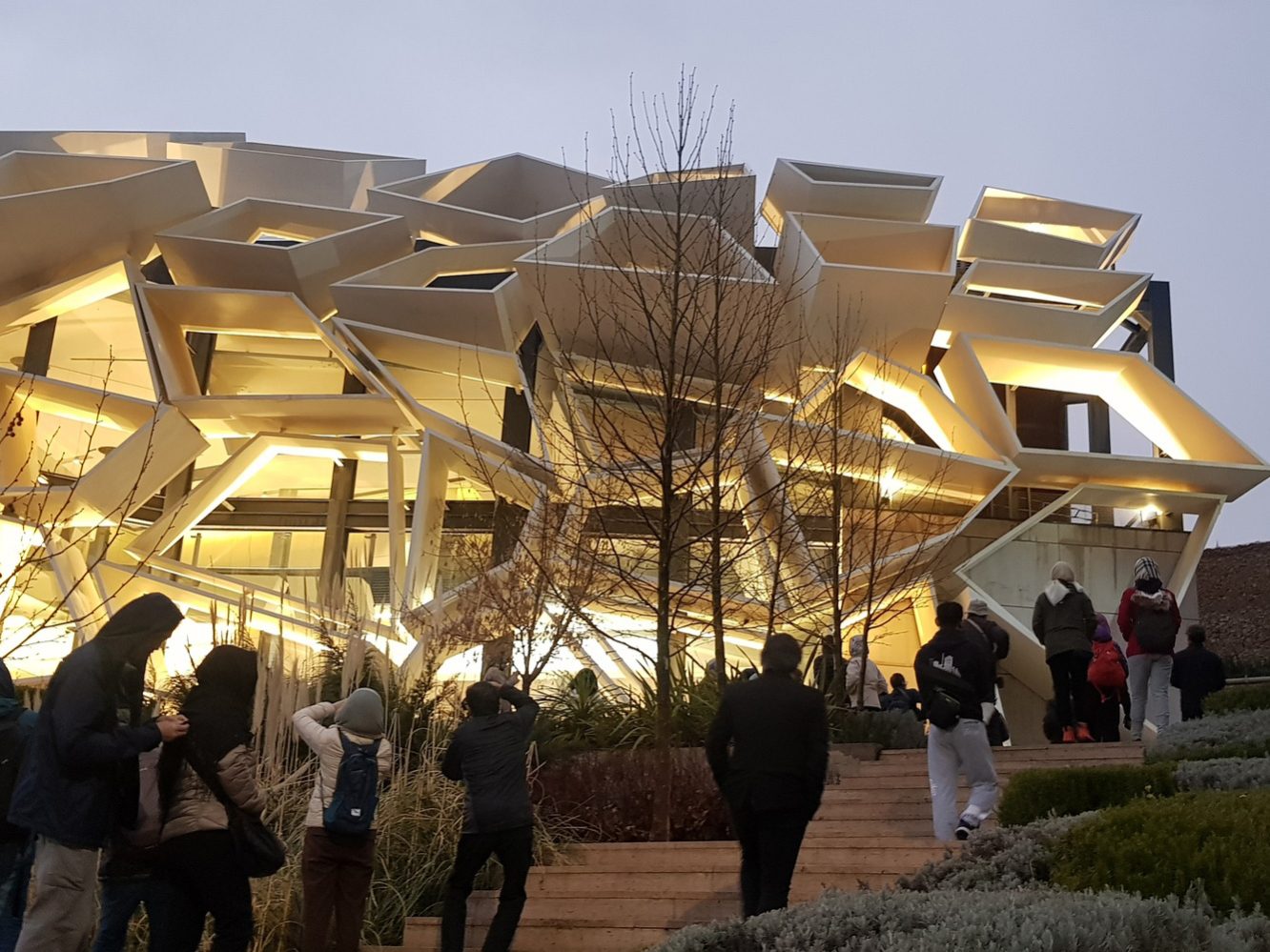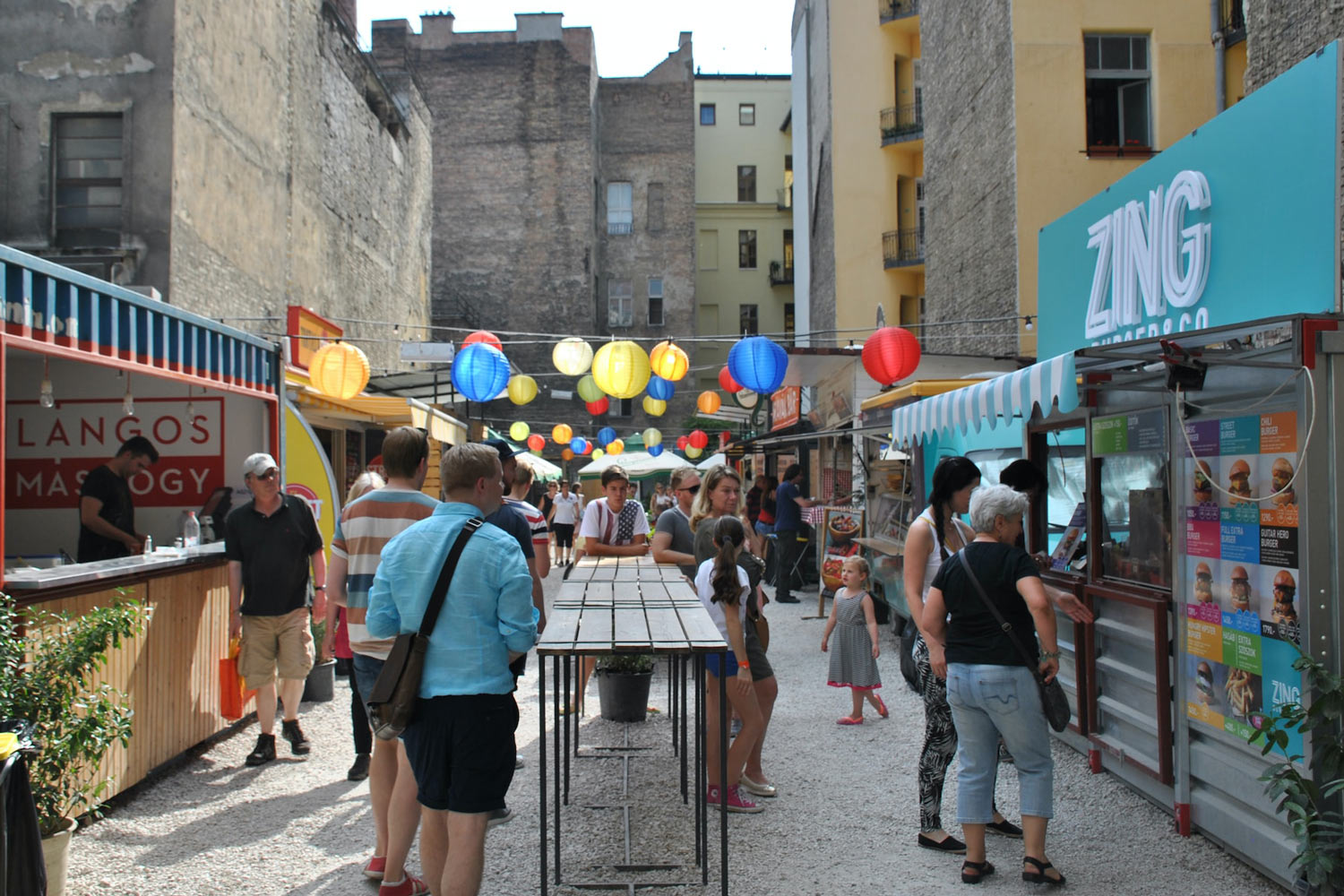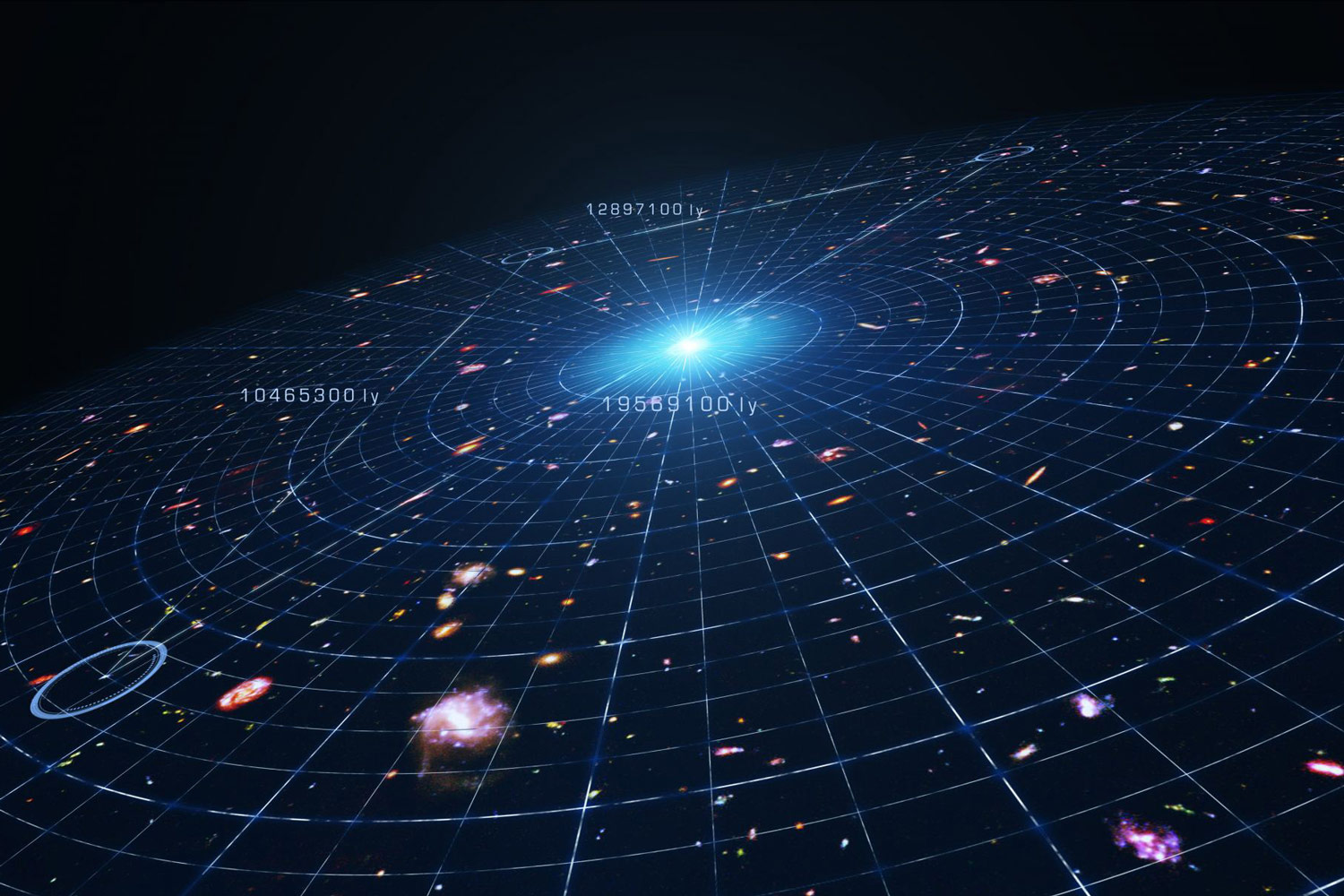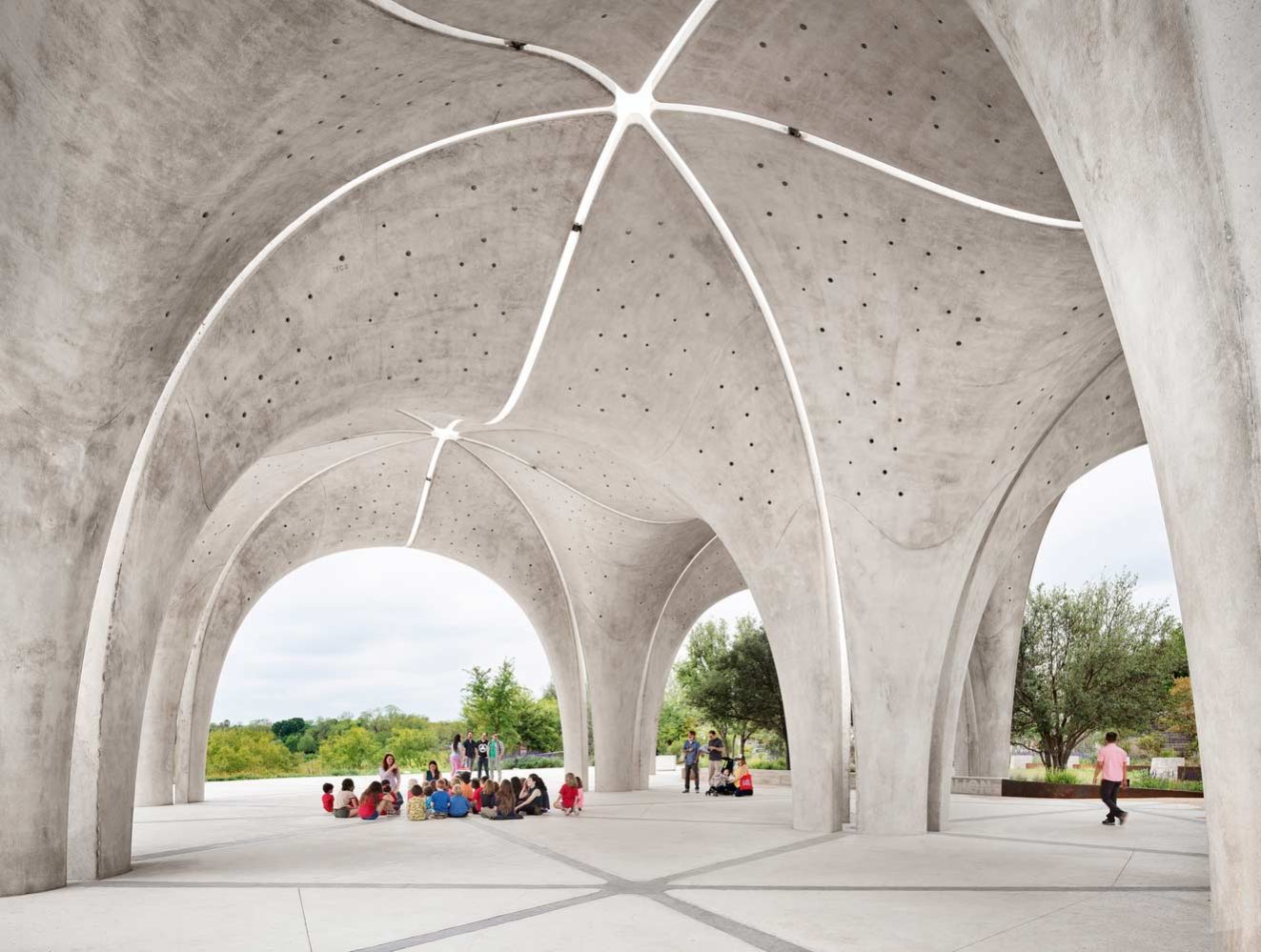
With the latest technologies emerging in architecture, design development is rapidly evolving. Architects and designers are turning their conceptual ideas into more articulated designs with the help of these changing technologies. Virtualization, real-time simulation, AR, and VR are great assistance in accelerating the design process’s workflow. Architectural firms are rapidly adopting the trend of “Robotics” to achieve designs and constructions faster than ever before. However, it is slightly hard to explain what “robot” really means in terms of architecture.
Robots are programmable, mechanical, and automated machines that help in the process of digital fabrication. As the world of architecture is undergoing a significant transformation with the evolution of technology, robotics are a great assistance. From the well-known BIM to the use of 3D printers in construction, the advancements are simplifying the processes, enhancing design development, and paving the way for the future. Robotics stand out as a promising construction technique that intends to revolutionize how we design and build our world.
Robotics in architecture covers a wide spectrum of applications, from material handling to 3D printing and even assembling a building. This integration streamlines the construction streamlines processes, boosting both the productivity and efficiency of workflow. It opens the possibilities to new pathways of design exploration. The machines used are highly equipped and have advanced sensors integrated into them to make the whole process automated and precise.
Benefits of robotics In architecture

The use of robotics has quite a lot of benefits. Increased speed, precision, safety, and stability are a few advantages to talk about. The tasks performed by robots are precise when compared to humans, wrestling for better outcomes and efficiency. Robots reduce the risk of manual accidents while working, creating a safer environment when compared with humans. The automotive mode helps to do a task in repetitive mode and also work with complex designs and elements. Let’s consider a case where manual labor requires two days to construct one wall while 3D printing robots can construct it in much less time compared to human labor. They can do most of the human labor for the same amount of money, in much less time, and with more accuracy. Let’s delve deeper into the benefits.
Increased Speed and Productivity: Manual workers get exhausted after a point of work while robots are restless workers. They are capable of operating for longer hours without any breaks needed. Their programmed speed significantly accelerates the process of work, leading to faster outcomes and reduced costs.
Enhanced Accuracy: Robot technology has been programmed to be known for its accuracy and high quality. It can be used to design complex structures and intricate designs. Translation of digital plans to physical structures can be done with more uniformity and structured workflow, resulting in an exceptional final product.
Safe Construction: When robots are deployed for hazardous tasks and spots, it facilitates the circular economy of the construction industry. Architectural sites are inherently dangerous places for manual labourers. When robots are deployed, the human workforce is not exposed to the risks. One such example is working in high altitude or dangerous sites where the emission of greenhouse gases takes place. This reduces the risk of accidents happening at workplaces.
Sustainable Practices: Robots play a significant role in promoting sustainability. With precise applications, they produce minimal waste. They can be used for techniques like 3D printing or to design customized solar panels and intricate ventilation systems. This promotes an environmentally friendly construction process which further minimizes the environmental impact.
Design Exploration: The capabilities of the robots enhance them to perform complex tasks. This opens the way to new design possibilities. This allows the designers and architects to work with more complex and organic shapes that were previously considered impractical due to the traditional methods. This flexibility helps in curating more detailed and intricate architecture which showcases precision.
Robotics in disaster relief

Robotics plays a pivotal role in disaster relief architecture by assisting in search and rescue missions, debris removal, and much more. Drones and robots help navigate hazardous areas, gather data and statistics for the event, and make decisions for effective responses. This technology increases the safety of disaster response teams while reducing human risk. These technologies help with disaster mapping, also known as crisis mapping. They help record, evaluate, and communicate data about the event and its impact.
Researchers and urban planners use such algorithms to analyze damage in such situations. A disaster relief plan aims to provide necessities to victims in a safer environment. According to UNHCR (United Nations High Commissioner for Refugees), 108.4 million people were forcibly displaced by the end of 2022. The number has been constantly rising due to climate issues and population density. This is where the robotics technology steps in, helping rebuild cities and communities affected by the disaster.
How is robotics making an impact in disaster-relief architecture?

The use of robots in building design, construction, and maintenance is no longer a future vision, rather it is a present-day scenario. Additionally, robotics is emerging as a promising solution for crisis and emergency management. Here are the key applications of how robotics can assist in disaster relief efforts.
Debris Removal: While a disaster leaves behind a mountain of debris, the removal process is always time-consuming and expensive. It hampers the rescue efforts and limits the access to affected areas. Robots are equipped with advanced arms and gears to efficiently clear the debris and free up space for the rescue team. This saves the time for a quicker restoration process.
Firefighting: Firefighting robots can be used to locate burning structures and extinguish flames. It can assist in rescuing the trapped people and protect the firefighters from extreme heat and dangerous conditions during the disaster. These robots create a firebreak area and cool down hotspots to ensure more controlled and safe operations happen.
Search and Rescue: Searching and rescuing survivors during any natural disaster like an earthquake or flood can be a daunting task. With Search and Rescue (SAR) robots, we can rescue people and help the survivors. They use thermal imaging and audio sensors to track down the survivors. They can navigate through narrow spaces and collapsed buildings, reaching areas human rescuers can access.
Delivery and Logistics: Delivering the necessary supplies such as food, water, and medicines during a disaster is quite a challenging task. Robots can be used to navigate to affected regions and deliver the required supplies. During such situations, robots seem to be very valuable where the traditional methods can’t be of much use.
A real-world example of robotics for disaster management architecture: The Hadrian X – Fastbrick Robotics

This innovative project is known for its bricklaying mechanism. The machine was developed by Fastbrick Robotics (FBR) which can construct houses and structures. It runs using 3D scanning, computer-aided design (CAD), and robots to build the structures from a pre-programmed design and readily available materials. This not only fastens the process but also holds the potential for building disaster shelters in remote locations. This robot can build walls in a day and place about one block every 20-30 seconds. It can lay blocks up to 45kg, almost 500 blocks per hour. It uses dynamic stabilization technology to work in the outdoor atmosphere.
In conclusion, while the future of robotics is quite promising and transforming, technological advancements are pushing the boundaries to make the impossible possible in the fields of design and architecture. By embracing robotics as a tool for problem-solving and efficient working, we are shaping an environment that is constantly evolving and meeting society’s needs.
Though robotics integration is still in the developing stage, we shouldn’t underestimate its potential. With its advancement, its capabilities are undoubtedly expanding. The opportunities and possibilities are vast, and the future of architecture will be shaped by a collaborative effort between human ideas and robotic accuracy.


















